MSPhysics - Experiments & Examples
-
Here is an attempt to simulate flexible joints in MSPysics.
This are not flexible surfaces.
The right one is a kind of simple ball joint. The left one is realized by a series of sub objects which are transformed into the respective position.
The deception is only successful under certain ideal conditions, such as adherence to a given frequency, low influence of centrifugal forces, shocks or vibrations.
It would of course be better to have a flexible surface that adapts to the parts to be joined according to given conditions (e. g. straight or curved).
Here my programming attempts to influence the surfaces of a group or a component during a physics simulation fail. Purely manipulated lines or surfaces are not saved during a simulation and are not recognized by "Replay".
At present, only this replacement solution for flexible objects remains to have a renderable simulation in MSPhysics.
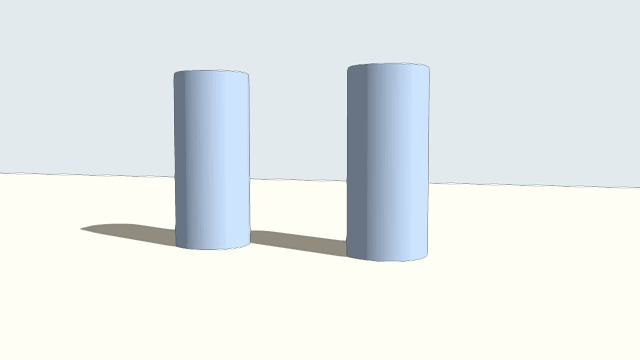
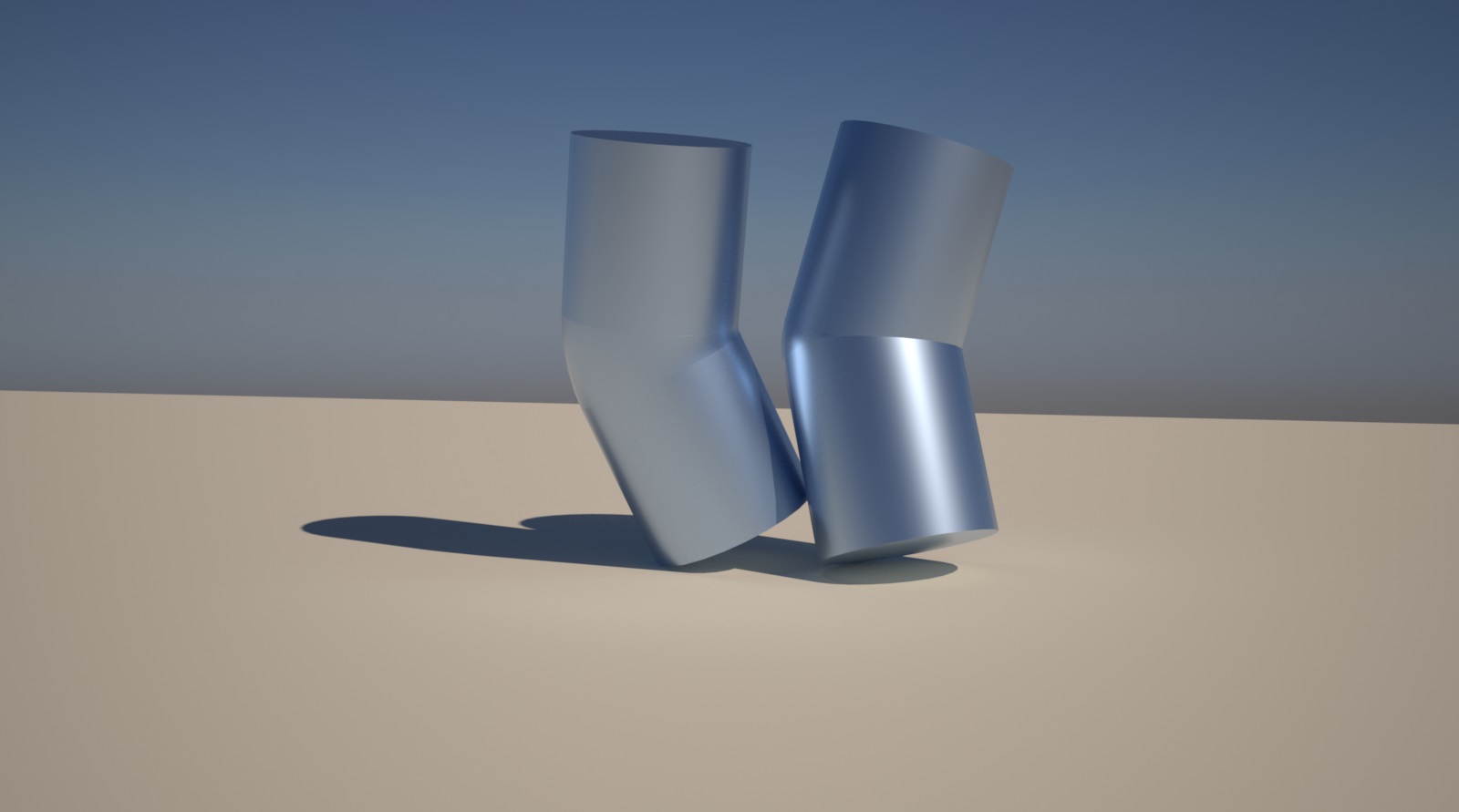
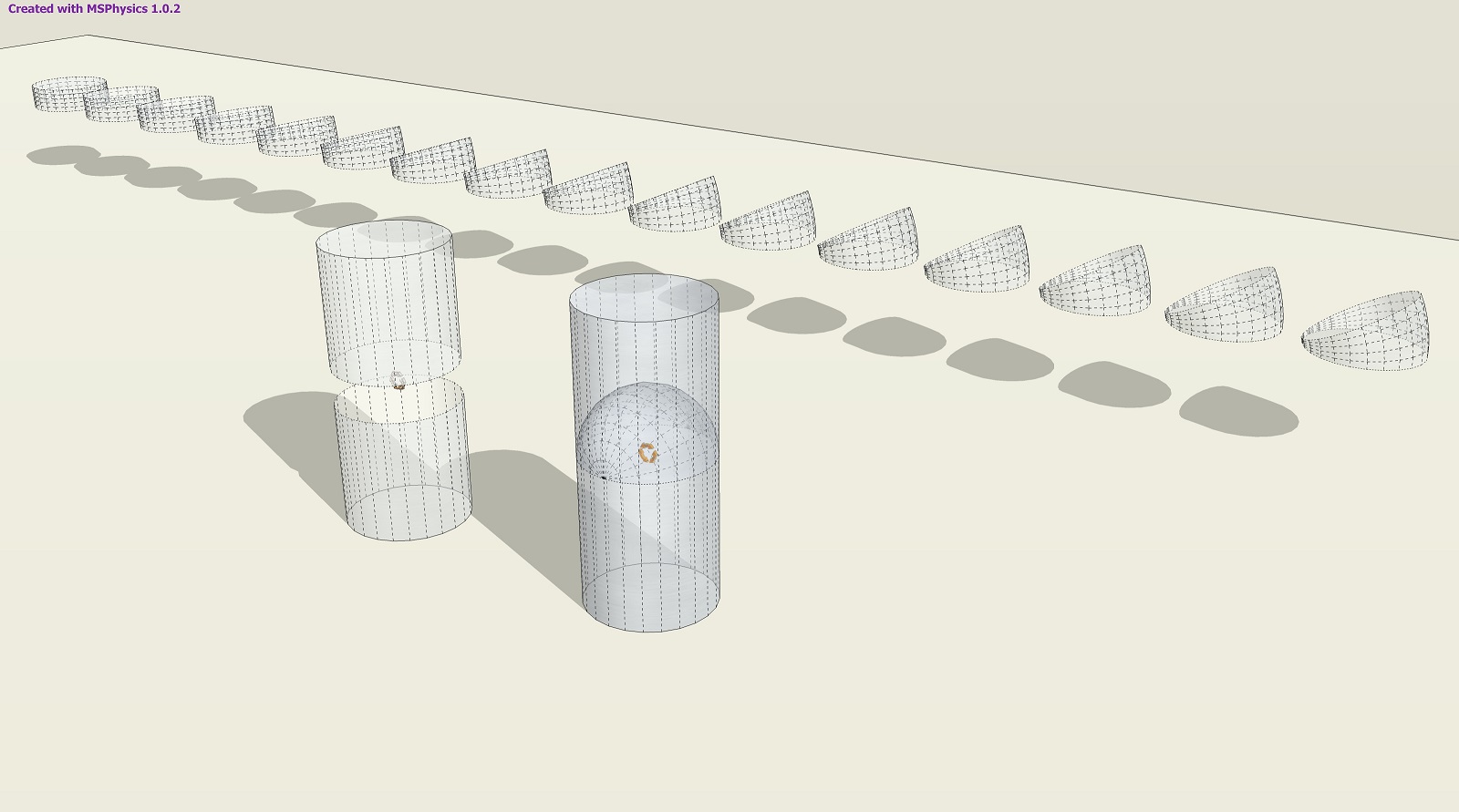
-
Looks like tedious but rewarding work. Bravo.
-
Maybe this could be of interest:
https://code.google.com/archive/p/sketchup-skel/downloads -
Thank you, men!
@Duane Kemp: Yes, modelling the intermediate forms of the joint is quite complex, since the oscillation runs sinusoidal and the angles to the respective end positions become smaller.
The automatic generation of the intermediate shapes of the joint depending on the oscillations (frequency, angle, power of the bend, reduction ratio, external influences (impacts) etc. would be ingenious. I'm a long way from that.
@Pixero: Thanks for the link to the Ruby examples! They are from the book "Automatic SketchUp - Creating 3-D Models in Ruby" by Matthew Scarpino, 2010. I have the PDF but not the Ruby files. So now I must not transform them myself.
-
I couldn't resist... Here is another example using the same technique as above.
For the intermediate phases of the sail I used the ingenious plugin "Soap Skin & Bubble".
The ship sailed from the 3D warehouse to me...
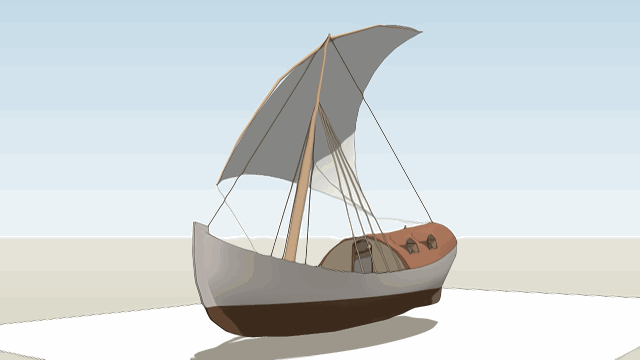
-
Here is an animation of the sailboat on a simulated water surface in a simple SketchUp style.
A simpler solution for displaying the phases of the sail during the MSPhysics simulation is the visibility control.
All phases of the sail are grouped and are switched visible ore invisible with a scripted random function. This eliminates the need for transformations and saves data volumes in MSP Replay.
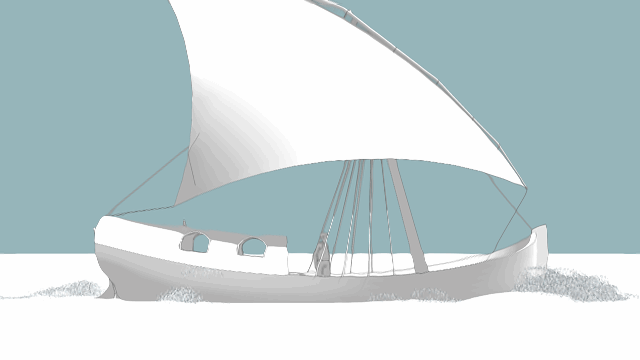

-
I'm getting closer to the point.... In a day or two, I finally have my flexible caudal fin...
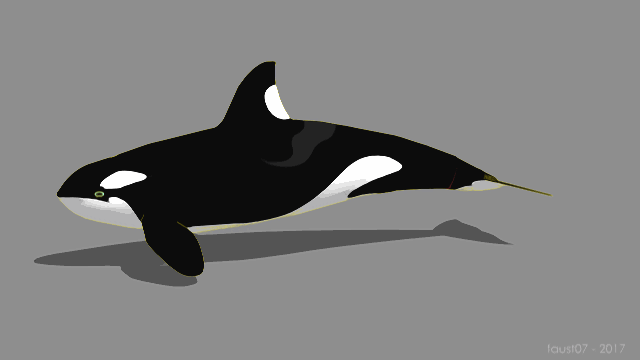
-
Dancing SU!

-
Here is a short animation how the MSPhysics simulation of the flexible parts of the object (orca) is constructed in context. The code behind it is still a bit rudimentary and incompetent - but I'm still learning...

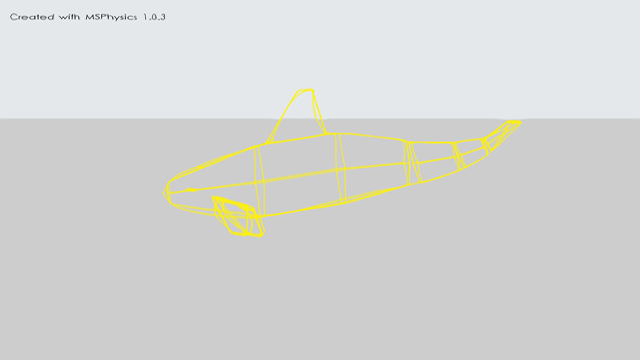
-
Very cool - love it!
-
And here's a late but warm Christmas greeting for all SketchUp and MSPhysics friends. Take good care of your candles!
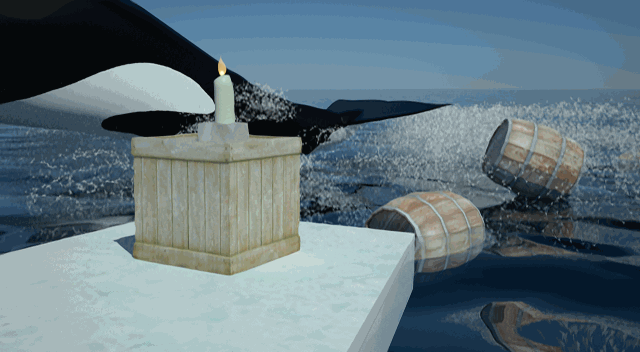
-
Here are some test results for new water and wave effects with SketchUp 2017 Make and MSPhysics.
Just for fun, entertainment, and a reminder of old skills.
Also to test the limits of the program and the great plugin and to expand them a little ...
I had some time due to a positive C19 test result - despite 2 vaccinations.
Had to stay at home for 1.5 weeks ... But the day after tomorrow I survived the infection and I can stroll out of the house to work again.


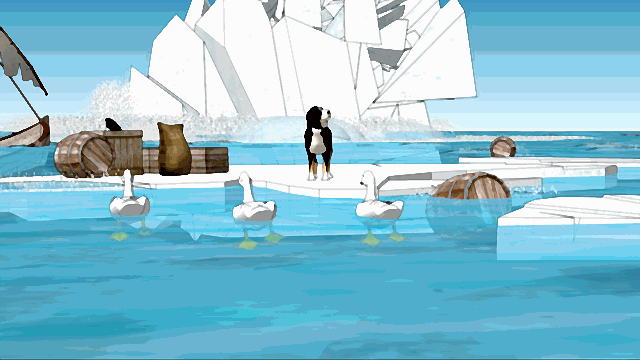

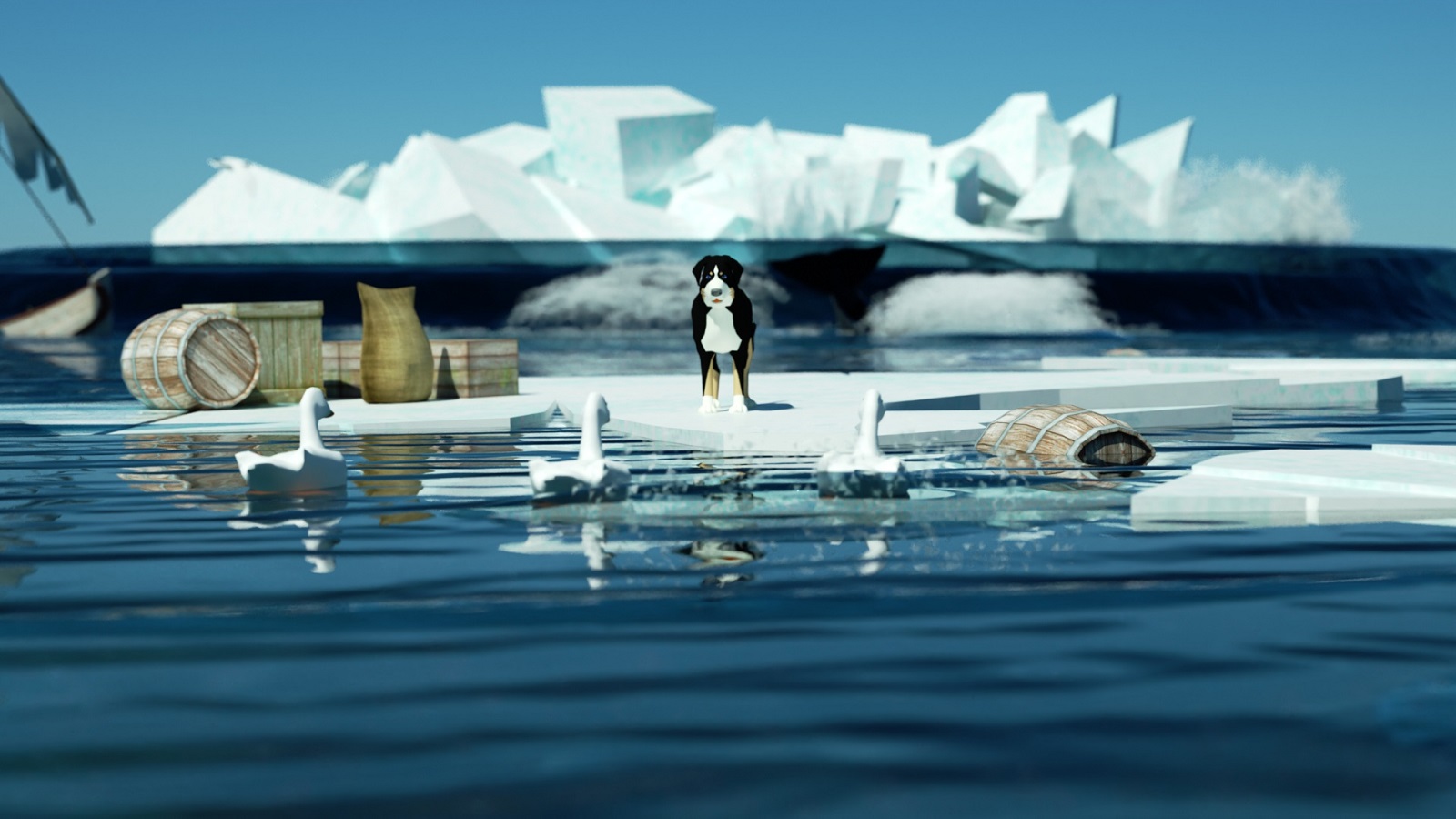
Advertisement







